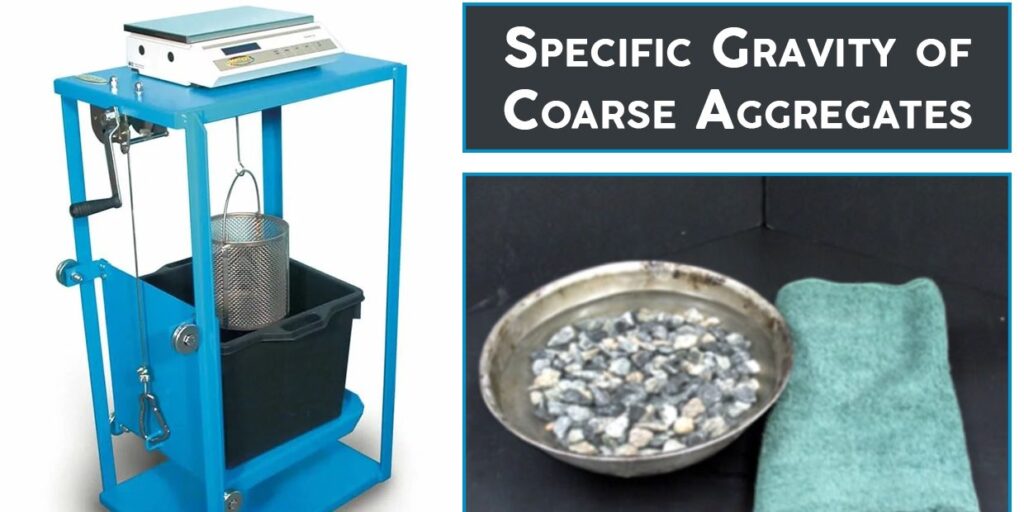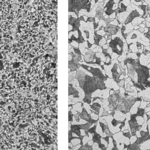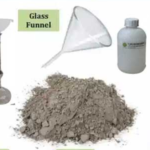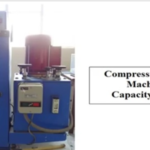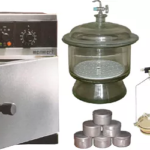Introduction
The determination of density, specific gravity, and absorption of coarse aggregate is an important test conducted in the construction industry. Aggregate is a significant constituent of concrete and is used to provide bulk to the concrete mix. To obtain durable and high-quality concrete, it is essential to determine the properties of the aggregate, including density, specific gravity, and absorption. The determination of these properties is important in selecting aggregates for use in concrete mix designs. The properties of coarse aggregate play a crucial role in the strength and durability of concrete. ASTM C127-07 provides the standard test method for determining these properties. For Fine Aggregate, CHECK HERE.
Objective(s) of the Experiment
The objective of this experiment is to determine the density, specific gravity, and absorption of coarse aggregate following the ASTM C127-07 test method.
Equipment Needed:
- Balance: A balance with a minimum capacity of 5000 g and sensitivity of 1 g.
- Oven: A ventilated oven capable of maintaining a temperature of 110 ± 5°C.
- Containers: Airtight containers to store samples.
- Water tank: A tank with sufficient capacity to hold the sample and water.
- Wire basket: A wire basket of sufficient size to hold the sample.
Procedures:

- Sample Preparation: Collect a representative sample of coarse aggregate of sufficient quantity as per ASTM C702. Wash the sample thoroughly to remove any dirt and debris, and dry it in the oven at 110 ± 5°C until a constant mass is obtained. Cool the sample in an airtight container. The sample should be selected based on the table above.
- Saturated Surface-Dry (SSD) Condition: Immerse the dry sample in water at room temperature for 24 ± 4 hours to obtain SSD condition. Remove the sample from the water and wipe the surface with a damp cloth to remove surface moisture.
- Determine the mass of the test sample in the saturated surface-dry condition. Record this and all subsequent masses to the nearest 0.5 g or 0.05 % of the sample mass, whichever is greater.
- After determining the mass in air, immediately place the saturated-surface-dry test sample in the sample container and determine its apparent mass in water at 23 ± 2.0°C. Take care to remove all entrapped air before determining its mass by shaking the container while immersed.
- Dry the test sample in the oven to constant mass at a temperature of 110 ± 5°C, cool in air at room temperature 1 to 3 hours, or until the aggregate has cooled to a temperature that is comfortable to handle (approximately 50°C), and determine the mass.
Calculations and Results:
Using the measurements obtained from the experiment and the equations provided, the density, specific gravity, and absorption of the coarse aggregate can be calculated as follows:
- A = mass of oven-dry test sample in air, g
- B = mass of saturated-surface-dry test sample in air, g
- C = apparent mass of saturated test sample in water, g
- Specific Gravity (SSD) = B/(B-C)
- Apparent Specific Gravity = A/(A-C)
- Specific Gravity (Oven Dry) = A/(B-C)
- Density (SSD) = 997.5 * B/(B-C)
- Apparent Density = 997.5 * A/(A-C)
- Density (Oven Dry) = 997.5 * A/(B-C)
Assuming the following measurements were obtained from the experiment: A = 1900 g; B = 2000 g; C = 1450 g
- Specific Gravity (SSD) = 2000/(2000-1450) = 2.22 Apparent Specific Gravity = 1900/(1900-1450) = 2.91
- Specific Gravity (Oven Dry) = 1900/(2000-1450) = 2.96
- Density (SSD) = 997.5 * 2000/(2000-1450) = 2626.50 kg/m³
- Apparent Density = 997.5 * 1900/(1900-1450) = 2755.56 kg
Discussion and Conclusion:
The determination of density, specific gravity, and absorption of coarse aggregate is an important test in construction materials testing. The results obtained from this experiment provide information about the quality of the coarse aggregate, which is essential for determining the strength and durability of concrete.
The specific gravity of the coarse aggregate indicates the quality of the aggregate and its suitability for use in construction. A high specific gravity indicates a dense and strong aggregate, while a low specific gravity indicates a porous and weak aggregate.
The apparent specific gravity of the coarse aggregate is a measure of its porosity. A low apparent specific gravity indicates that the aggregate has high porosity and is more likely to absorb water, which can affect the properties of concrete.
The density of the coarse aggregate is an important factor in determining the yield of concrete. A low density aggregate will require more volume of material to achieve the same mass, which can affect the workability and strength of the concrete.
In conclusion, the determination of density, specific gravity, and absorption of coarse aggregate is an important test that provides essential information about the quality of the aggregate used in construction. The results obtained from this experiment can be used to determine the suitability of the aggregate for use in concrete, which is essential for ensuring the strength and durability of the structure.
References:
ASTM C127-07, Standard Test Method for Density, Relative Density (Specific Gravity), and Absorption of Coarse Aggregate. West Conshohocken, PA: ASTM International, 2007.
